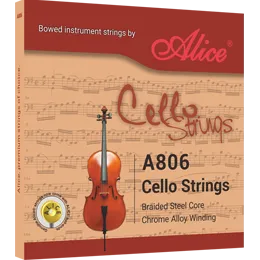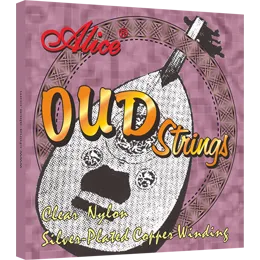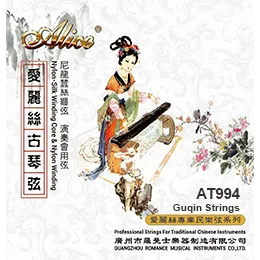How to Play Open Chords on Classical Guitar Strings
classical guitar strings 
Basically, an open chord is a chord where at least one classical guitar string is not fingered and the open classical guitar string vibrates freely. Open chords tend to put less stress on the player’s hands and fingers because there are fewer notes to fret. That is good news for starters who have been suffering from the painful fingers hurt by classical guitar strings.
Reasons Why Starters Should Learn Open Chords First
Beginner-Friendly
2. While an open chord requires you to play a classical guitar string or more, the barre chord requires a player to use more fingers to press down on a single fret across multiple strings. Typically, a barre chord requires more strength to accomplish. For this reason, learning an open chord paves the road to a more complex chord, including the barre chord.
Have a Better Understanding of Classical Guitar
If you are a new guitar player, you might have met a chord chart but really have no idea how to read it. There are a few tips for you to read a chord chart:
- The chord chart will show a thicker black line at the top to represent the nut of your guitar, and below are the first 4 frets. It is usually known that the represented chords that are played closer to the nut are open chords unless you see a number in front of the chord chart representing a different fret further down the neck of the guitar.
- Lastly, the dots tell you where to put your fingers – just follow it, and then you will know how to play a chord.

How to Combine Open Chords?
As a starter who needs to practice a lot, you are in need of durable classical guitar strings that save your money. What’s more, the classical guitar strings set should be bright and clear for you to identify if you are playing a harmonious chord. That is why you should choose : these titanium-nylon-plain strings have a transparent purple appearance and anti-rust coating that supports long-time playing. The wound material is silver plated 85/15 bronze, performing warm sound.

We hope that this article is valuable to you in your new journey as a guitarist. We at aim to improve our customer’s guitar-playing experience by providing high-quality strings. This is why we have dedicated ourselves to producing some of the best guitar strings in the market today. Our multiple lines of classical guitar strings have superb quality, so feel free to contact us if you would like to enjoy them!
Relate News


Electric Guitar Strings Gauge Chart: A Complete Guide for Guitarists

What Are Violin Strings Made Of?

Folk Instrument Strings: Types, Materials & How to Choose the Right Set

Which Acoustic Guitar Strings Fit Different Music Styles Best?

Common Guitar String Problems: How to Fix Tuning Issues, Rust, and String Breakage

Complete Guide to Guitar String Materials: Which One Is Right for You?

The Complete Guide to Orchestral Strings: Everything You Need to Know

Inside the Craftsmanship: The Manufacturing Process of Guitar Strings

Wholesale Guitar String Purchasing: A Practical Guide for Retailers and Distributors

How to Choose the Right Guitar String Models for Export Markets

























